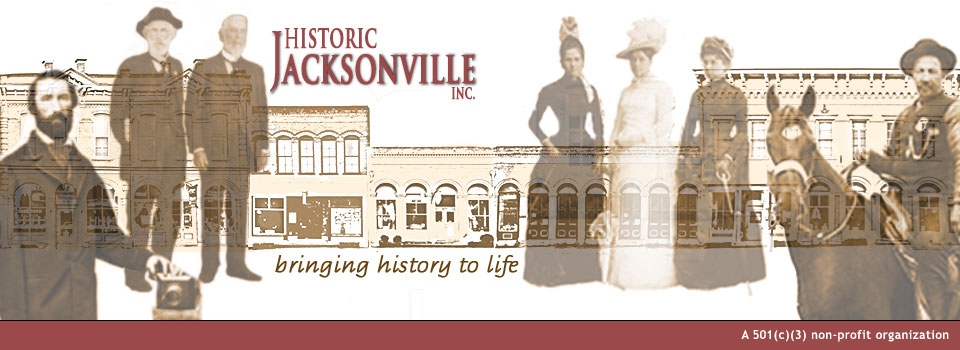
March 9, 2021
In mid-1800s Jacksonville, multiple currencies were in circulation and the value of most was unknown. Gold and Mexican silver were the most trusted. But miners and farmers seldom had those readily at hand. Until the crops were harvested or the mine paid off, individuals and families relied on trade and credit to obtain needed services and supplies. But the merchants still had to pay their suppliers in order to bring in fresh merchandise.
Before each buying trip to San Francisco, or on the verge of arrival of new goods, each merchant would take out and ad in the newspaper calling in the debts owed him. The first published ad that still exists was taken out in the January 5th issue of the Table Rock Sentinel by J.A. Brunner & Bro. It read: “Notice! Is hereby given that accounts due to our firm must be settled by the 31st of this month, otherwise they will be placed in the hands of the sheriff for collection.”
Lawsuits were common whenever a merchant had difficulty collecting money owed him. Gustav Karewski may have set the record filing 32 lawsuits between 1873 and 1882. Lawsuits were also common when the wholesaler who had supplied the merchant’s good were not paid. Some merchants deliberately collected as much merchandise as they could on credit and then left the area and disappeared with as much of their merchandise as possible.
In the early 1850s, Abe Fisher forestalled paying packer Veit Schutz for the merchandise he had brought in, anticipating that Schutz might not survive the Rogue Indian Wars. Unwisely, Fisher bragged about it to a mutual friend who told Schutz. Fisher paid up after Schutz reportedly “took it out of his hide.”
